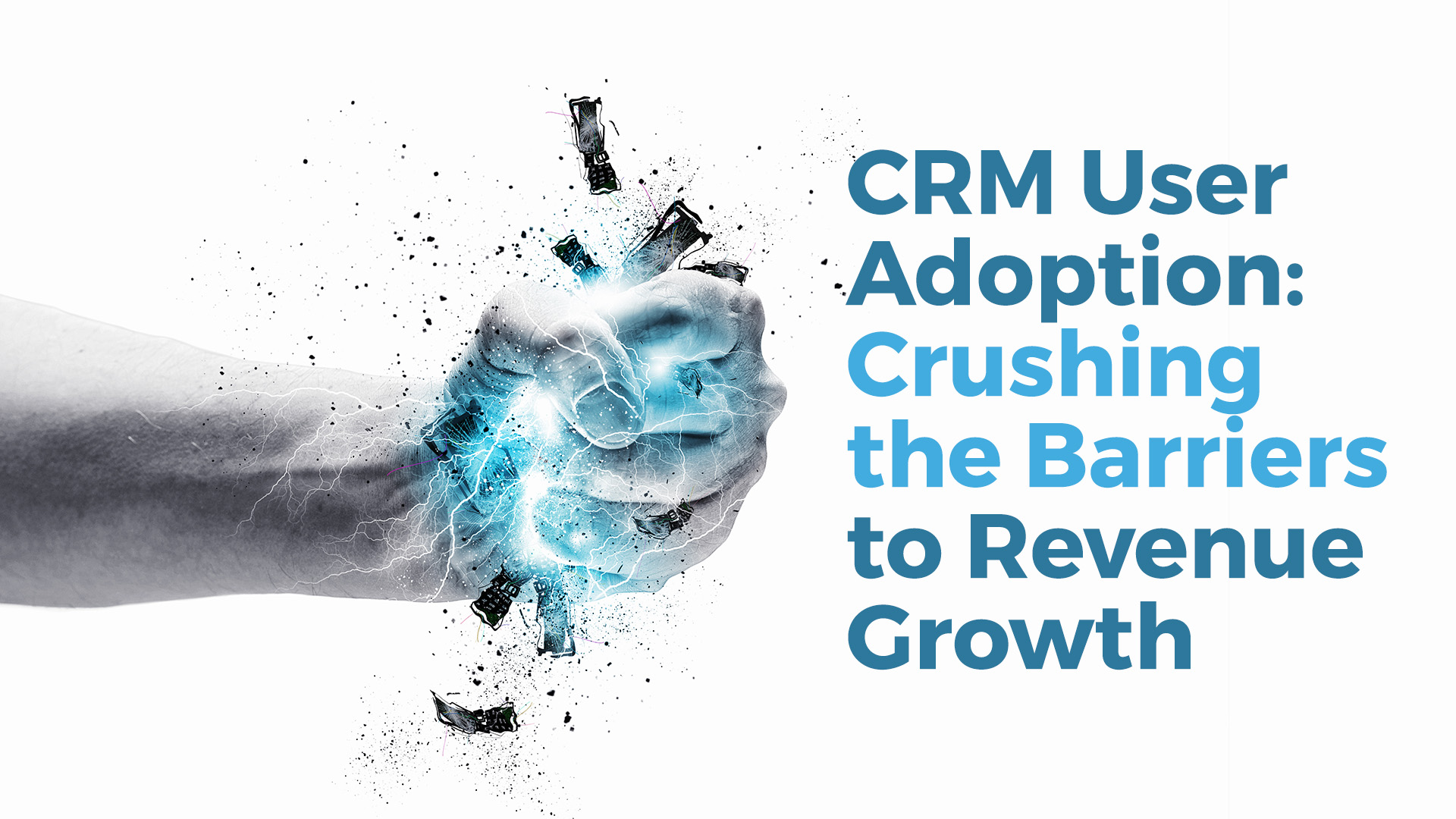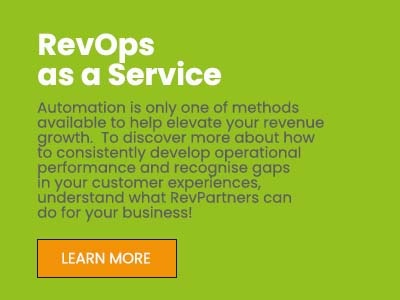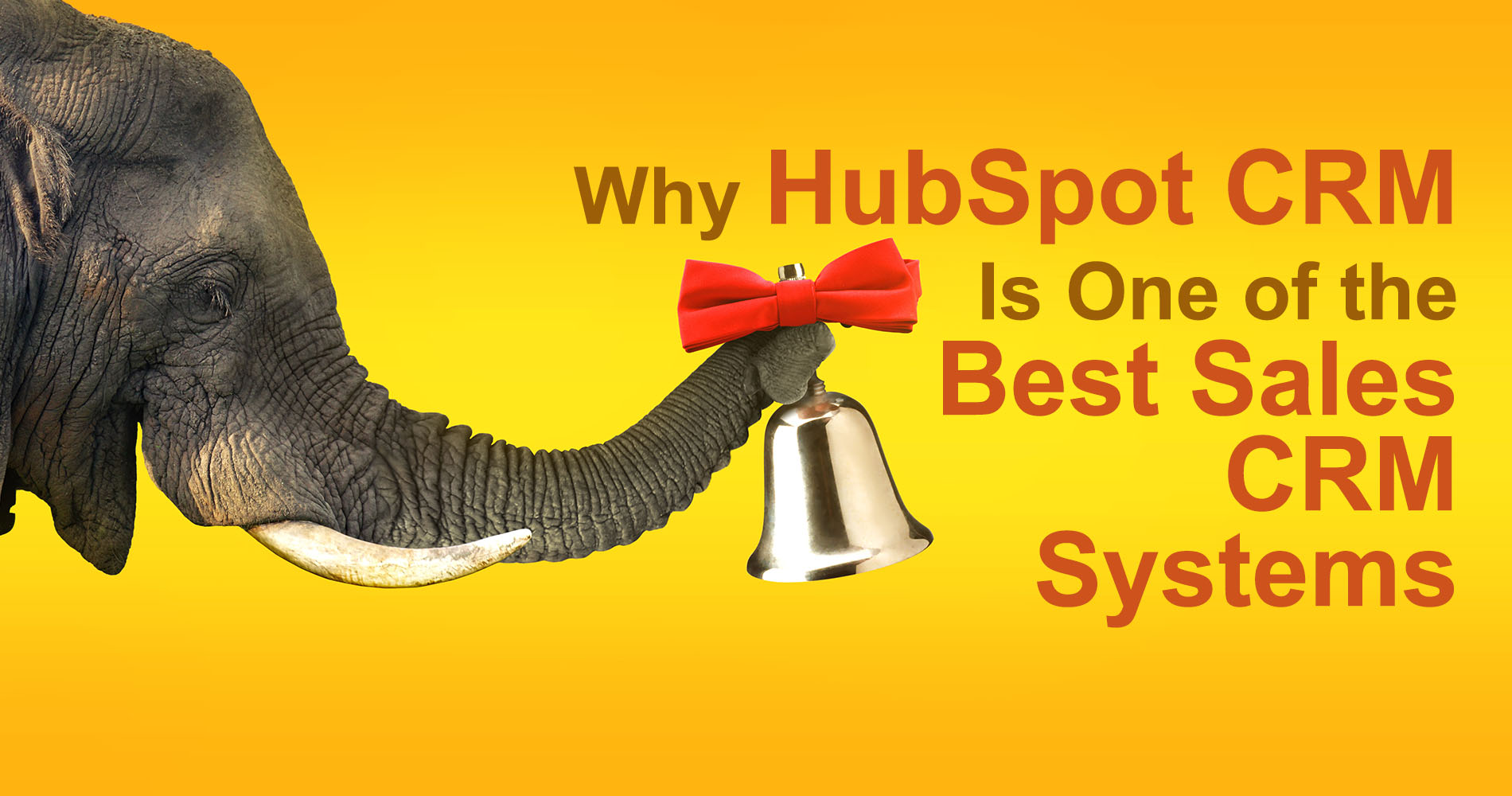CRM systems are critical for businesses to manage their sales pipeline and boost revenue growth. However, many organisations struggle with low user adoption rates, resulting in reduced system effectiveness and hindered revenue growth.
According to CSO Insights, only 36% of sales reps consistently use their company's CRM system. This trend is reflected in alarming statistics, with reports showing that up to 63% of CRM projects fail.
The primary reason for such failures is the slow adoption rate of the users, with almost half of CRM projects failing due to this reason. Achieving high CRM user adoption is crucial for businesses to maximise their ROI and drive revenue growth.
Although a CRM system can enhance a sales representative's efficiency, it cannot be treated as an optional tool. Incomplete user adoption results in compromised data quality, leading to a lack of confidence from management. Rather than solely focusing on technology implementation, businesses must develop a deliberate strategy to increase user adoption and maximise the return on investment. The primary objective of a CRM deployment should be to purposefully drive adoption within an organisation.
Key Factors for Boosting CRM User Adoption
The utilisation of Customer Relationship Management (CRM) software has become crucial for contemporary enterprises aiming to enhance their sales and marketing efforts and manage customer interactions. Nevertheless, numerous companies encounter challenges with low employee adoption rates, impeding the system's effectiveness. To overcome this obstacle, organisations should prioritise three fundamental elements,
Convenience
Design and Implementation
The first step towards ensuring successful CRM adoption is selecting software that prioritises a convenient and intuitive user experience. HubSpot's Frictionless Selling philosophy aims to provide seamless experiences for buyers and sellers, with Sales Hub being a prime example of this. Salespeople with little to no experience with CRM software can easily learn and use HubSpot CRM, which offers essential features for increasing sales velocity and satisfying customers.
Once a CRM has been chosen, the next step involves combining the inherent design features of the software with meticulous implementation to ensure a hassle-free user experience, especially for first-time users. Intrinsic design features that drive CRM adoption include sales intelligence, sales acceleration tools, automation capabilities, and mobile app capabilities.
During implementation, it is crucial to take the necessary steps to make sure of an effective preliminary user experience prior to onboarding, training, and regular use. For instance, ensuring that the CRM data is correctly cleaned and migrated before users' first login is a critical implementation activity.
Competence
Fostering Adult Learning for Successful CRM User Adoption
Competence is a crucial aspect of successful CRM user adoption, referring to the ability of users to efficiently and effectively use the technology. However, companies often neglect the importance of developing competence beyond traditional training programs. Adult learners have distinct learning styles, and a competency development program tailored to their needs can drive user adoption.
A comprehensive competency development program includes three key elements: onboarding, mentoring, and certifications. Effective onboarding is crucial for adult learners to connect their prior experience with new learning and understand the purpose behind it. A well-designed onboarding plan must also ensure that users have all the necessary resources, including a clean and functional database, hardware and software, and support systems.
Mentoring is another critical aspect of building competence. Adult learners need to reflect on their experiences and ask probing questions to acquire knowledge, both of which are essential to competency development. Mentors can be identified by proactively recruiting highly competent users to work with novice users. They can provide additional support and guidance to help users grow their competence and monitor their progress.
Certifications offer an approach to evaluate growing levels of proficiency and adoption within the business and serve as motivation for users to strive for expertise while building a community of competent users. HubSpot Academy offers a robust certification program for Inbound Sales using HubSpot’s sales software, providing an excellent resource for users to develop their skills and earn certifications.
Community
Cultivating Knowledge and Leadership
A thriving CRM adoption program requires the establishment and nurturing of leaders, mentors, and influencers who are able to exchange insights, ideas, challenges, and achievements. To accomplish this, a clear plan with the following elements must be put in place:
Communication: Clear and consistent communications are vital throughout the adoption process, from planning to implementation and operation. Leaders must convey their plans of the long-term and regularly illustrate the use of CRM in his or her day-to-day activity. Communication apps like Slack or Microsoft Teams can help organise community communications and keep everyone connected.
Support: To provide effective assistance to users, a helpdesk with a ticket based platform like HubSpot's Service Hub can be helpful. This support process can capture and publish FAQs, successful practices, and approved solutions in a knowledge base.
Recognition: To create a shared sense of ownership and maintain the group of CRM users, it is important to acknowledge and reward users for achieving important milestones and KPIs.
A real-world example of a successful community-building strategy involved a multinational company that increased the adoption of a new business technology platform by clearly communicating its value to individual users. As adoption improved, mentors established a user group to discuss creative workflows, share successes, and include the uses in solving challenging problems. The organisation's leaders supported this community by recognising and rewarding the implementation team, mentors, and users when key milestones were met. The result was higher adoption rates, higher amounts of proficient users, and greater sophistication of workflows, all of which exceeded the company's return on investment in the new technology platform.
In conclusion
A successful CRM adoption program requires a comprehensive approach that encompasses all aspects of the organisation's operations. It starts with a clear understanding of the business goals and objectives and a thorough analysis of the current state of the organisation's processes and systems. Based on this analysis, the organisation should choose a CRM system that best meets its needs and implement it in a phased approach with clear milestones and KPIs.
Throughout the implementation process, effective change management practices are critical to ensuring that users adopt the CRM system and use it to its full potential. This includes providing training and support, communicating effectively, and fostering a community of users who can share their knowledge and leadership.
Once the CRM system is up and running, it's important to continuously monitor its performance, optimise its use, and evaluate its impact on the organisation's goals and objectives. This includes ongoing training, support, and recognition for users who meet key milestones and contribute to the success of the CRM program.
By following these best practices, organisations can successfully implement a CRM system that meets their needs, improves their processes, and drives their business goals and objectives forward.




